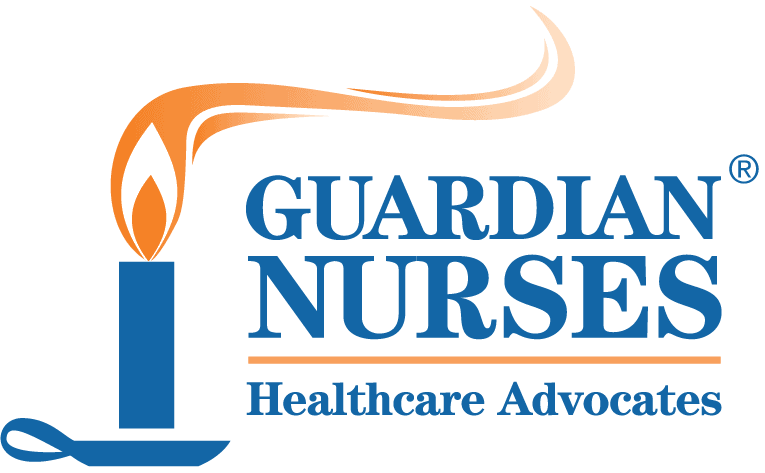When most people think of needing vaccinations, they think of infants, toddlers, or people traveling abroad. But, if you’re a parent of teenage children, the beginning of the school year is a perfect time to review and if necessary, update your child’s immunization needs.
There are millions of children between the ages of 11 and 19 who need vaccinations to prevent whooping cough, tetanus, diphtheria, hepatitis B, hepatitis A, chickenpox, measles, mumps, rubella, polio, influenza, meningococcal disease, pneumococcal disease, and human papillomavirus (HPV) infection. That’s quite a list.
With all of the other things that might be on parents’ minds, like paying the tuition, making sure homework gets done, and who’s picking everyone up from practice, vaccinations might not be top of mind.
So, here is a summary of the Centers for Disease Control (CDC) recommended immunizations for children ages 7 through 18. For more specific information about each vaccination or the disease it is intended to prevent, you can visit immunize.org.
Meningitis:
There are approximately 2,000–3,000 cases of menin¬gococcal disease each year in the United States. While the disease is most common in children younger than age one year and in persons with certain medi¬cal conditions, the proportion of cases in adolescents and young adults has increased in recent years. The rate of invasive disease among persons age 17–20 years is about twice that of the general U.S. popula¬tion. The meningococcal vaccination is recommended for all children ages 11 through 18 years, college freshmen who will be or are living in dormitories, and those with certain special medical conditions.
Human Papilloma Virus (HPV)
The human papilloma virus is the most common sexually transmitted infection worldwide with at least 75% of women expected to be infected with the virus at some point in their lifetime. HPV is the causative agent in cervical cancer but can also cause genital and common warts. The CDC’s Advisory Committee on Immunization Practices recommends that all adolescent girls complete the series of three HPV shots. One brand, Gardasil, prevents both cervical cancer and genital warts. Another brand of HPV vaccine, Cervarix, prevents cervical cancer. Adolescent boys, too, can now get the Gardasil brand of the HPV vaccine to prevent genital warts.
Chickenpox (Varicella)
If a child has not been previously vaccinated and has not had chickenpox, he should get vaccinated against this disease. The vaccine is given as a two-dose series. Any teenager who was vaccinated as a child with only one dose should get a second dose now.
Tetanus, diphtheria, pertussis (whooping cough) (Tdap, Td)
Children need a booster dose of Tdap at age 11–12 years. Previously, only a Td booster was recommended but now it appears that pertussis immunity from childhood vaccinations wanes after some period of time resulting in an increase in pertussis infections in early adulthood. An older child who has already had a Td booster should get a Tdap shot after 5 years to get the extra protection against pertussis. After that, a Td booster dose is needed every ten years.
Hepatitis A
Anyone can get infected with hepatitis A, including teenagers. Some teens, however, have an even greater chance of getting the disease. These risk factors include traveling outside the United States, babysitting or having household contact with a child who was adopted from a foreign country within the last 60 days, being a male who has sex with other males, using illegal drugs, or having a clotting factor disorder or chronic liver disease. Talk to your family physician about this two-dose series of shots.
Hepatitis B
Usually a three-dose series, hepatitis B vaccine is recommended for all children 0-18 years of age. It is recommended for infants beginning at birth in the hospital. All older children who did not get all the
recommended doses of hepatitis B vaccine as an infant should complete their vaccine series as soon as possible. Most states require hepatitis B vaccine for school entry. Adolescents who are just starting their series will need two or three doses, depending on their age and the brand of vaccine used.
Polio
Though Dr. Salk’s vaccine in 1955 dramatically reduced the incidence of polio, polio still exists in parts of Africa and Asia and can easily be imported. If a child has not completed the series of four vaccine doses and he is not yet 18, he should complete it now.
Measles, Mumps and Rubella (MMR)
This vaccination consists of two doses. Check with your child’s healthcare provider to make sure he or she has had two doses of MMR. If never vaccinated, get the full two doses or just the second dose for those who have received only one.
Though these recommendations come from the Advisory Committee on Immunization Practices (ACIP), there are contraindications and precautions for each of these vaccinations. While there is a great deal of information on the Internet regarding vaccinations, you should have a candid conversation with your primary healthcare provider to make sure that you are doing the right thing for their children.
